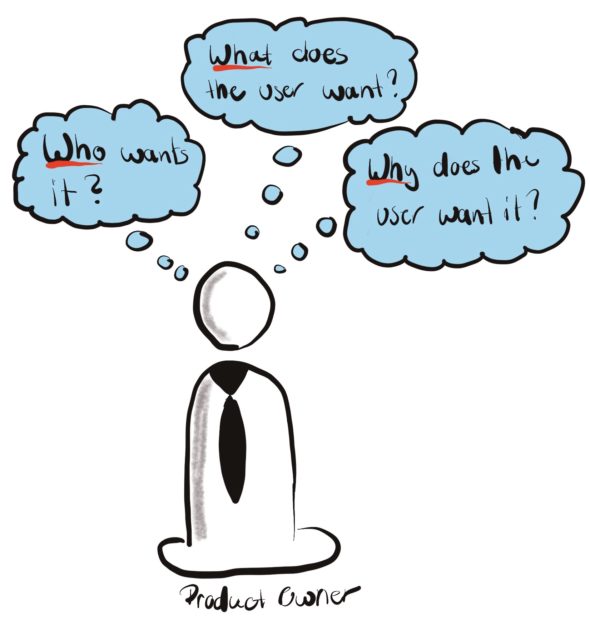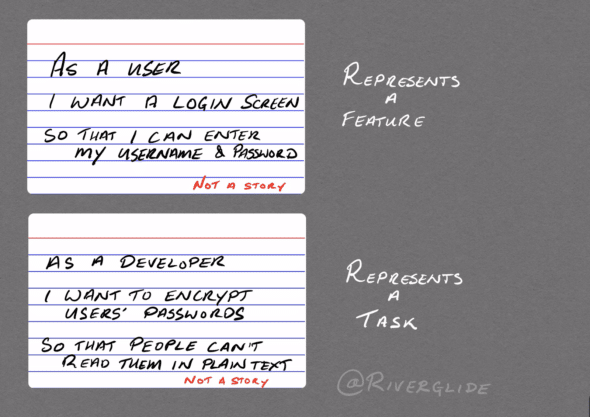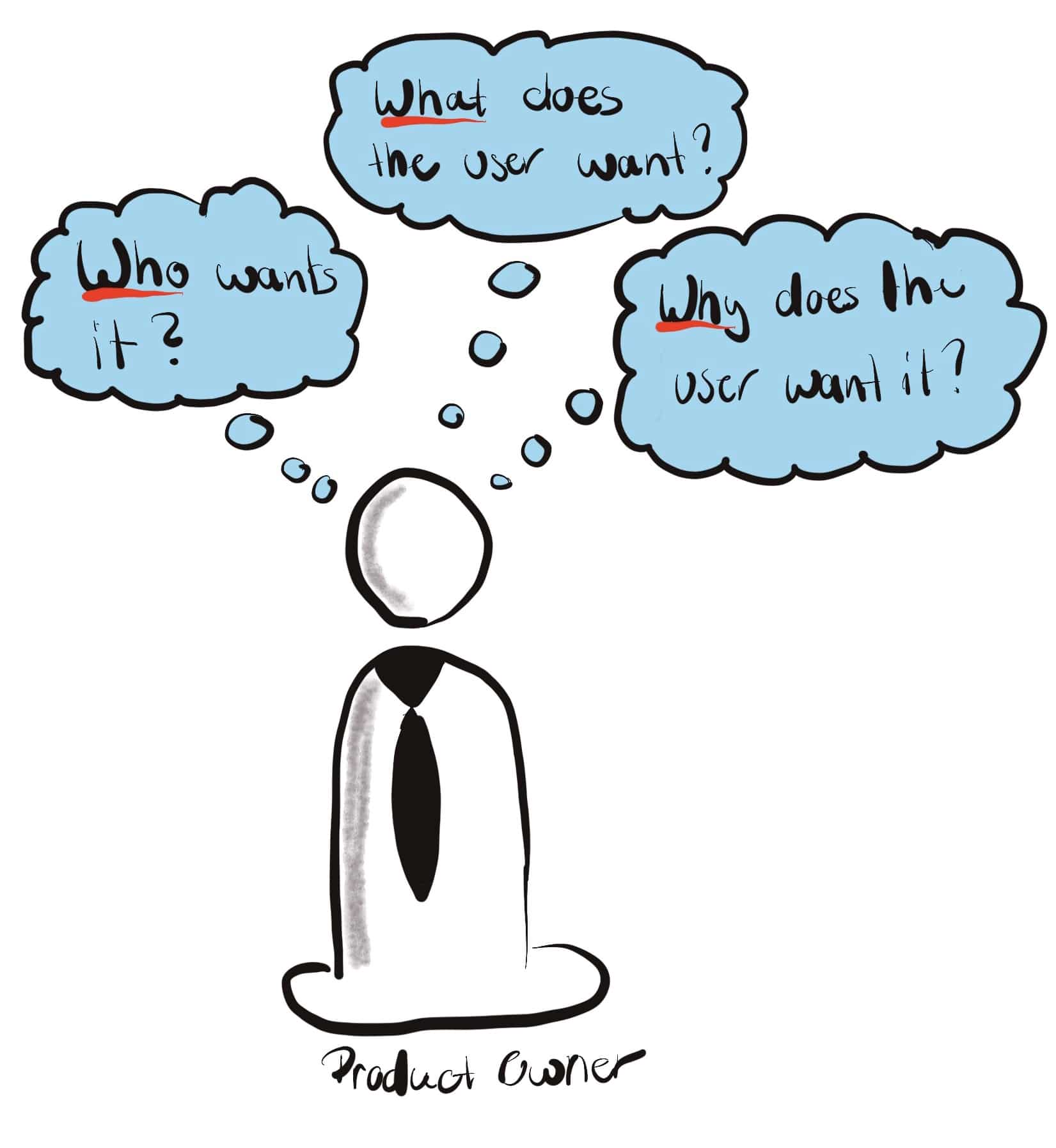Poor story titles describe the What of a feature or task. Better story titles also describe the motivation behind the feature or task — the Why.
Several months ago I wrote about how you should include the goal (the Why) in a story description. Since then, I’ve gone even further — including the Why in the story title itself.
Why? Because people need to understand why they’re supposed to build something to prioritize it in a list, or even do it in the first place.

Good & Bad Story Titles
I most often see poor story titles like these come from folks working deep in an implementation mindset:
- IE polyfills
- Design cleanup
- Drop javascript for chat onto page
But what if you’re a non-technical delivery lead, product owner, project manager, etc. with no design background? It’s not particularly fair to be told you need to prioritize something without understanding why.
Here are some much better story titles:
- Fix IE11 support with IE polyfills
- Improve onboarding with refined visual design of the new user workflow
- Add live chat support library to the homepage
Implicit Why
I’m okay with the Why being implicit in a title, as long as it’s fairly obvious. Take example number 3 from above — Add live chat support library to the homepage. The Why here is implicit and, in my opinion, blindingly obvious. We’re adding the live support chat library so that we can have… live support chat.
“Blindingly obvious” is clearly a subjective measure; my approach is to put myself into the shoes of the non-technical delivery lead, product owner, project manager, etc. with no design background. In those shoes, is the Why clear enough? If so, then the implicit Why is acceptable.
Avoid “As a User… So that I Can…”
Stay away from the “every story should prefix As an X and suffix so that I can Y” trap. It’s tempting, as it makes the Who and Why explicit. But it’s overall a big net negative:
- It’s Lazy – Want to minimize critical understanding and thinking? Make authors say the same thing over and over.
- It’s Boring – The monotony will cause the reader of numerous stories to tune out; the opportunity for critical understanding and thinking is lost.

The End Goal
The end goal here is to have just about any reader of your backlog understand why items are present. Every item comes with a cost — whether it be money, time, energy, or some combination of all three.
Adding the Why to a story title helps planners understand the investments they are making.

